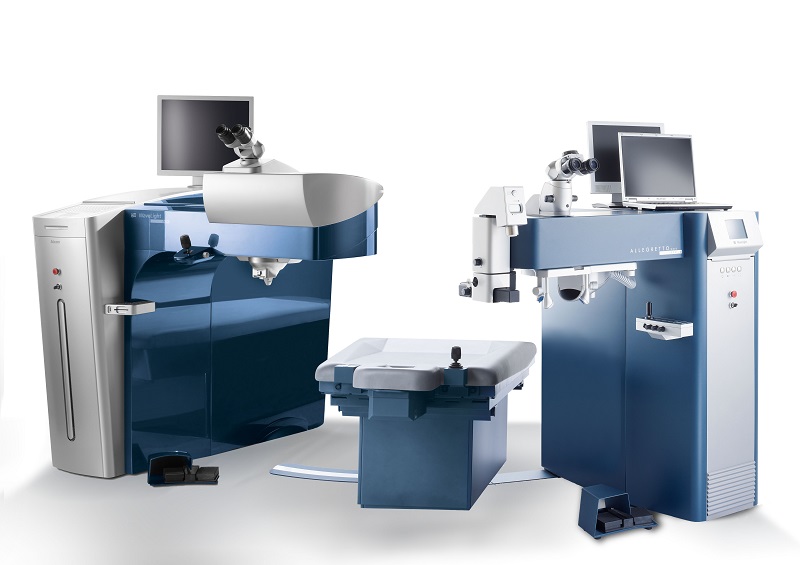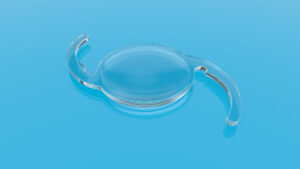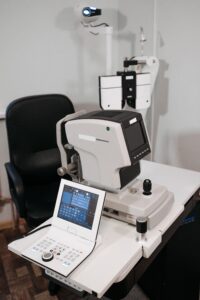If you have already considered about LASIK or just had a thought about LASIK eye surgery, you would have heard different names of LASIK s by now and for sure have wondered what is the best suitable LASIK
The latest and most popular technique may not be the right one for you at all. You must understand that the type of LASIK suitable for you will be decided only after first consultation with surgeon and also after performing the Test called Pachymetry and Topography where the thickness of cornea and also the surface of cornea are identified clearly.
Coming to the latest and popular LASIK techniques which have become more popular in recent times are
1. FEMTO LASIK
2. SMILE
3. WAVEFRONT GUIDED CUSTOMISED LASIK
4. CONTOURA VISION LASIK
Here, we have mentioned why these techniques have actually been introduced to Practice. When LASIK was introduced initially in late 1980 s, only the outermost layer of cornea was reshaped using excimer laser and is called as PRK or Photo Refractive Keratomileusis. This procedure is available even today is still one of the most dependable and gold standard procedure which can be performed on wide range of candidates.
The first enhancement over PRK surgery was a Blade LASIK. The cornea has 3 layers and a blade LASIK was introduced to create a flap on cornea and ablate (reshape) the middle layer and replace the flap back to normal.
Flap Lasiks Blade & Bladeless (All Laser)
Generally Suitable for Candidates with good Corneal Thickness and Candidates having mild to moderate myopia including astigmatism.
The first enhancement over PRK surgery was a Blade LASIK. A tiny blade called Microkeratome was used to cut the outermost layer of cornea and create a flap, then using the excimer laser the middle layer is ablated or reshaped and the flap is repositioned back.
The Procedure has proved excellent in terms of recovery and post-surgery sourness which is common in PRK surgery and the healing time has come down to just 1 day compared to 1 week from PRK. The US FDA has approved this in late 90 s.
In early 2000 another technique called femtosecond laser was used to create the corneal flap without using the blade, this is a bladeless all laser technique called femto LASIK the rest of the LASIK procedure is same as others.
Flap LASIKs both Blade and Bladeless techniques are most widely performed techniques today across the world and have excellent outcomes. The candidates wishing to undergo Flap Lasiks must have enough corneal thickness so that the flap can be created and generally they can be used to correct up to moderate myopia. High myopias require more thickness of cornea and for the same reason patients with very high myopia generally do not qualify for Flap LASIKs
Non-Flap Techniques
Generally suitable for Candidates with moderate dry eyes and high myopia
The most recent advancement in LASIK is SMILE technology. SMILE is abbreviation for Small Incision Lenticular Excision which is performed without creating any flap on corneal surface but a small incision is made on the corneal radius. The reshaping is directly done in the middle layer using excimer laser and the corneal tissue which is ablated (separated after reshaping) which is called lenticule is removed from the small incision made on cornea.
SMILE proves to be an excellent technique for candidates with dry eyes and also candidates with high myopia. However, SMILE is not a choice for candidates with astigmatism.
LASIK Treatment Plans
During early years of LASIK Practice the reshaping of cornea for correcting the glass power was mainly in the central portion of cornea , the reshaping pattern called ablation pattern used to be planned based on readings taken from pachymetry and a scan called orb scan. The main objective of LASIK was to get a vision of 6/6 and remove dependency on glasses. However, there were few limitations in this treatment planning.
Wavefront Guided Customised LASIK Treatment Plan
has been a revolution in LASIK as this scan measures the corneal surface at 1200 different points. Also, this scan will give anterior and posterior surface study of cornea. This scan will help building corneal reshaping ablation treatment plan by identifying aberrations on corneal surface. Wavefront Guided Customised Treatment plan is
excellent choice for patients with regular and stable corneas it provides results without any side effects like colour halos and star bursts
Topoguided Treatment Plan / Contoura Vision LASIK
is the latest treatment plan, popularised by Alcon as Contoura Vision LASIK, this treatment plan maps the corneal surface in 22000 different points and offers an ablation (reshaping) pattern. The treatment plan is proven to be the best one for irregular but stable corneas. Topoguided / Contoura Vision plan doesn’t prove any additional benefits in candidates with regular corneas or candidates requiring only spherical power correction.
Irrespective of being the latest or being the most advanced LASIK, no technique of LASIK or no LASIK treatment plan will suit every patient. Each of the procedure has different selection criteria for best candidate for such technique in other words, not all procedures suit every candidate looking for a LASIK surgery.
The first consultation with surgeon, and the corneal topography test will provide the clear guidance on selection of procedure for LASIK





